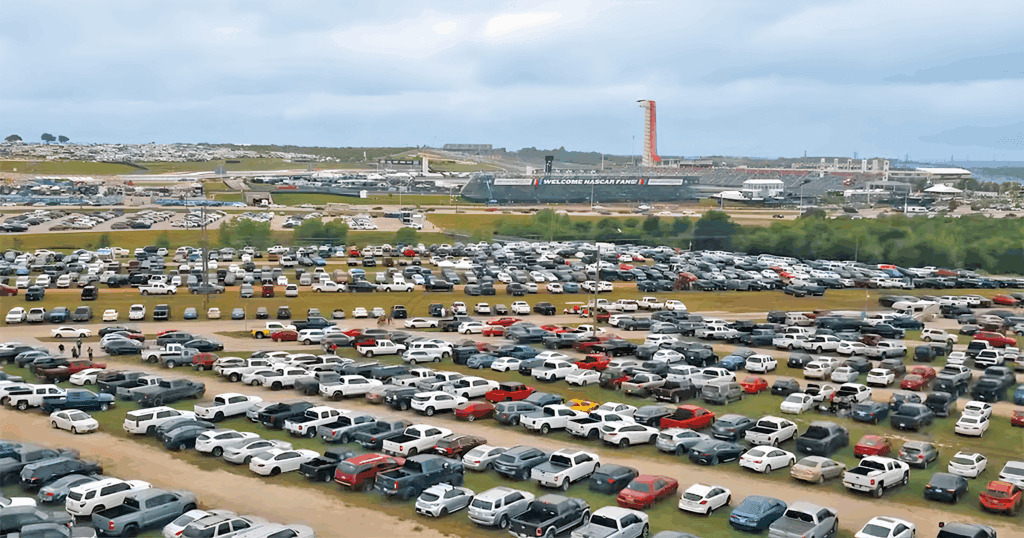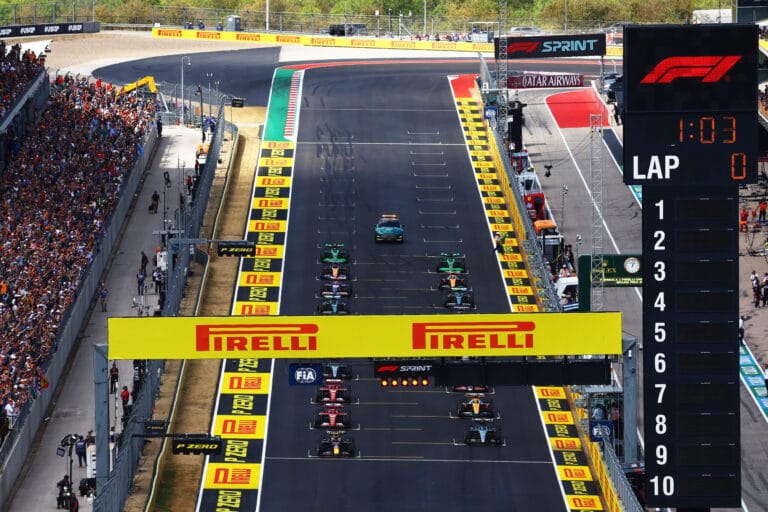Without a solid infrastructure, the chances of hosting a Formula 1 race are slim, argues our columnist Graham Watson. The rights holder sets many high standards.
The infrastructure surrounding circuits is, of course, extremely important. If it is not up to par for any reason, organizing a Grand Prix becomes challenging. This is especially true now that the popularity of the sport and interest in it are skyrocketing. I happened to have a discussion about this with colleagues in Austin on Saturday morning, specifically regarding the Circuit of the Americas (COTA).
Let’s take that event as an example. You can imagine that the sport was not big in America in 2012, when the first GP Formula 1 was held here. We might have had a maximum of one million followers across the entire American population. And I am also certain that when the contract was signed in 2012, COTA could not have dreamed of where it stands today.
In the first few years, there were a maximum of 100,000 spectators over three days. Up until five years ago, the main grandstand was deliberately not shown on camera because it was not full… After all, you don’t want to broadcast images around the world with many empty spots around the track. So they started with an expectation of 100,000 people over three days, now it’s almost half a million! Until a few years ago, it was easy to get to and from the circuit in Austin. But the infrastructure is still the same, which makes things ‘trickier’.
Airports, Parking, and Hotels
At FOM, we have a department that conducts on-site investigations when a new country or organizer expresses interest in hosting a GP, whether it’s a street or permanent circuit. Part of their job is to assess the number of hotels in the vicinity, the proximity of an airport, the availability of parking, and whether they can rent enough forklifts for the weekend… When a new GP is being considered, all these factors are taken into account. Decisions are made based on the current interest in the sport, not that of 2012.
If the infrastructure around a circuit cannot support the spectator mass, it’s challenging to organize a race. There’s an obligation to get fans to and from the circuit as efficiently, quickly, and safely as possible. We have to consider so many things. It’s not like the old days when 100,000 people and ten dogs would attend a Grand Prix over three days. Now, it’s often more than 400,000.
Compromises
As with many things in life, you have to make compromises in certain areas. Unfortunately, the infrastructure around a circuit is not managed by the promoter. However, with the help of local governments, improvements and adjustments are increasingly being made. Take Hungary, for example: they’ve taken the initiative and invested heavily in infrastructure. In such cases, it’s hard for FOM to say: Sorry, we’re not coming anymore. The same goes for Melbourne.
Bigger and better, that’s what it essentially comes down to these days. Okay, you want a race? What can you offer? It’s just like life: that’s how it goes. Some circuits don’t have the finances to make it happen, others do. That’s just how it works in this world.









